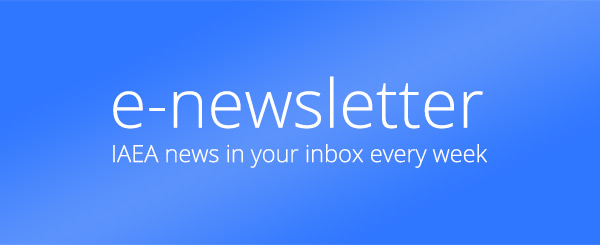An IAEA expert mission was deployed to Suva, Fiji, to support the recovery and transportation of radium-226 to the USA, where the sources will be used as a feedstock to produce actinium-225, an alpha-emitting isotope which is increasingly used in targeted cancer treatments. IAEA supports countries in managing legacy radium-226 sources under the IAEA’s Global Radium Management Initiative.

